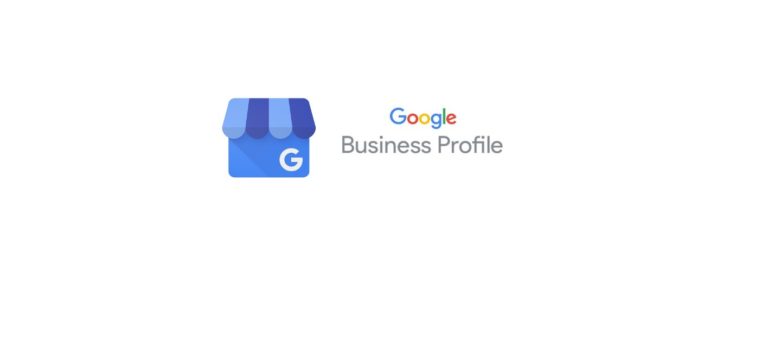How to Use a Call to Action on Your Website
Confused about calls to action on your website, and how / why / where to use them for the best effect? Let’s take a look at what a call to action is, and how you can use them to make your website work harder for you.
What is a call to action?
A call to action (or CTA) on your website is a prompt that encourages the user to take a specific action. That’s it.
Wait, don’t go! 😂 There’s a lot more to the art of creating a successful call to action that can really help your business. In this article you’ll learn why you need strong calls to action, ways to use them, how to create winning CTAs, and how to test their performance.
The call to action is a standard marketing strategy, and they’re used everywhere, both online and offline. You’ll already be familiar with CTAs on websites: they usually take the form of buttons or text hyperlinks and are typically written as an action phrase, e.g. Shop Now, Contact Us, Register.
But why are CTAs so important? And what’s the best way to use them?
Why do you need calls to action on your website?
Your website is one of the most important components of your marketing toolbox. It’s always there, working hard even when you’re sleeping. Depending on your business, your website acts as your brochure, shop window, sales advisor, shop floor, customer service assistant, and much more.
When a visitor lands on your website, you don’t want them to feel lost or confused about what to do or where to look. This is where the call to action comes in.
Your CTA acts as a signpost to tell the user what to do next. Without it, they may not see where to sign up or how to purchase, and they might just bounce off the site without doing anything (and straight onto your competitor’s website!)
What does a call to action do?
A call to action makes it clear to your website visitors which action to take next. Depending on your web page, you can have either one or multiple CTAs available. Here are a few examples:
- On your homepage you might promote different aspects of your business, so use CTAs to quickly direct users where they want to go.
- On a service page, use CTAs to make it really easy for people to book an appointment, schedule a call with you, or send you a question.
- On a landing page that’s part of a sales funnel, you’ll want one crystal-clear call to action that tells the user exactly where to go next. This could be signing up to a lead magnet or purchasing a product, depending on the purpose of the page.
- On a blog article, use CTAs at the bottom of the post (and potentially sooner) to direct them to related articles or sign up for your mailing list.
How does a call to action work?
By using clear calls to action on your website, you can achieve various marketing goals such as:
- Increasing awareness of your business, who you serve, and what you do
- Growing your email list
- Generating more leads
- Booking more sales calls
- Selling more products
- Upselling and cross-selling your products and services
So how does it actually work? Well, it’s a powerful marketing strategy that’s actually really simple: it works by removing friction in your sales funnel – i.e. by making it as easy as possible for people learn about your brand, receive some value, and eventually buy from you.
When used right, an effective call to action can have a significant impact on your website’s conversion performance – meaning a simple button could make all the difference between making or losing the sale.
Ways to use a call to action on your website
You can use various strategies to add CTAs to your website. The simplest way is to add a link to some text, but these can easily be missed. The most popular way is to create a highly visible button. But you could also use a banner that sticks to the top of the page, or a pop-up box.
The key thing to remember with CTAs is that there needs to be a balance between visibility and usability. Your CTAs should be immediately visible and draw the reader’s eye….but if you stick up a massive banner which takes up the top half of the screen, your users aren’t going to thank you for it and will quickly go elsewhere.
Examples of a website call to action
CTAs can take many forms depending on the context. Here are some of the most common ones you’ll see on different websites:
Typical Blog CTA:
Typical Service Business CTA:
Typical E-Commerce CTA:
While these all serve different purposes, you’ll see that they all share the same type of command language. “Do this” is what you’re telling people.
Creating effective calls to action
The more effective you can make your call to action, the greater effect it will have on your marketing efforts. So it’s worth taking the time to create the most compelling version of your CTA.
An effective call to action communicates really clearly to the reader what they can expect when they take that action.
Here are some common strategies that can encourage your users to click on your CTA:
- Use a highly visible, attention-grabbing (but not annoying!) design with plenty of white space surrounding it.
- State a clear benefit for the user. Make it about them: what do they get if they click?
- Use actionable text. Don’t suggest what they might like to do – tell them what they should do
- Keep it short. No essays: 5-7 words is enough.
- Use FOMO to your advantage and create a sense of urgency around what you’re offering.
- Make it low risk: let users know they’re not committing to anything by clicking and are just learning more.
Testing your website call to action
Successful marketing relies on testing. What works in one scenario won’t necessarily work in another – so it can be really useful to test your call to action and see what resonates best with your audience.
The easiest way to do this is to run a series of A/B tests, or split tests, where you create two versions of your page / landing page / email etc, and test them directly against each other with equal volumes of users seeing each version.
You can measure the success of your CTA with a simple conversion rate formula of No. of clicks divided by No. of impressions.
If a test has a clear winner, you can use that knowledge to inform your next test or campaign. If a test has no clear winner, you can refine it a bit further if necessary.
In my next post, I’ll be taking an in-depth look at tips for creating the most effective CTAs you can.
Looking for help with your website?
I’m a WordPress developer who loves helping small businesses grow their online presence with great looking websites.
Want a new website or to overhaul an existing site? Got a broken WordPress site that’s driving you crazy?
Just let me know what you need and I’ll be happy to help!







